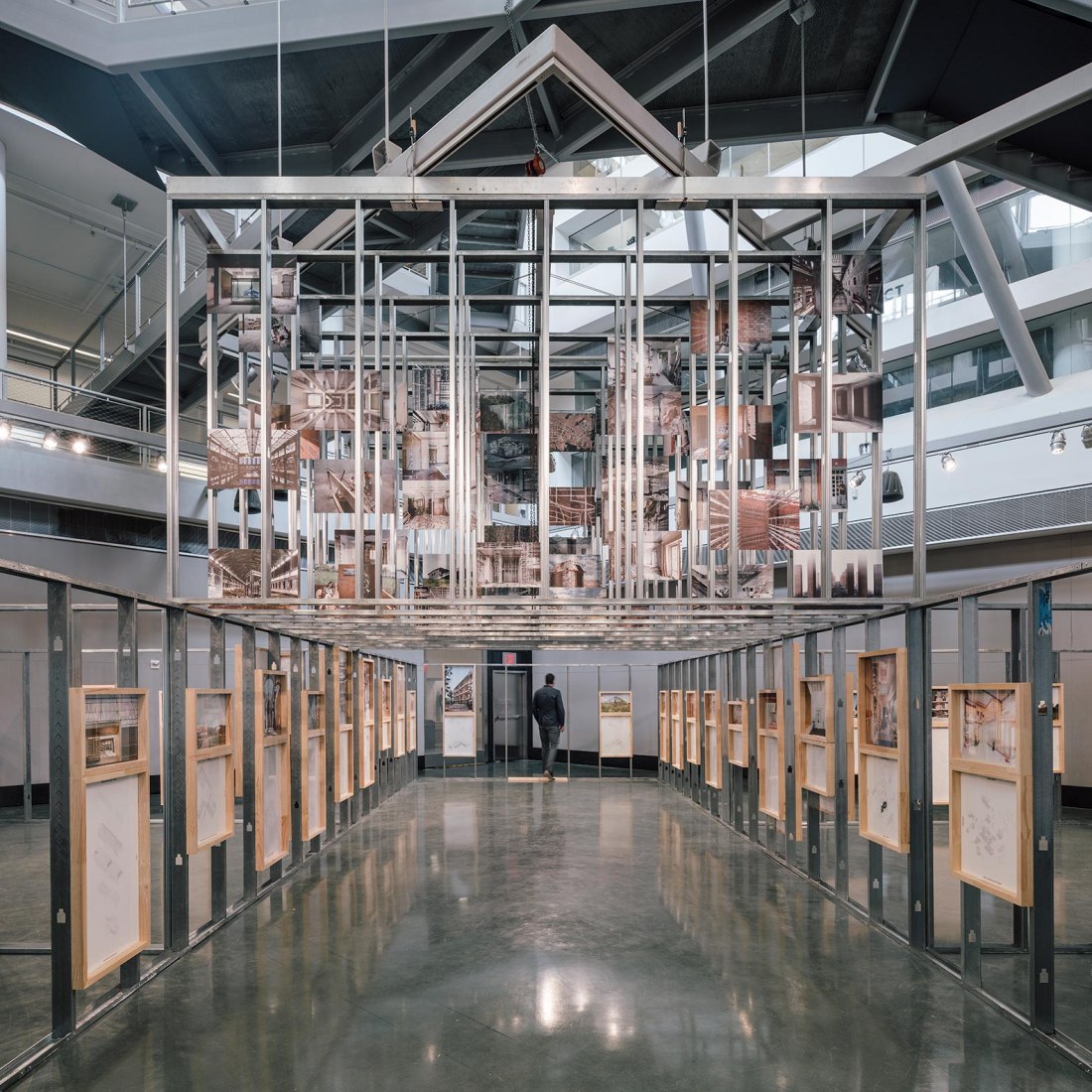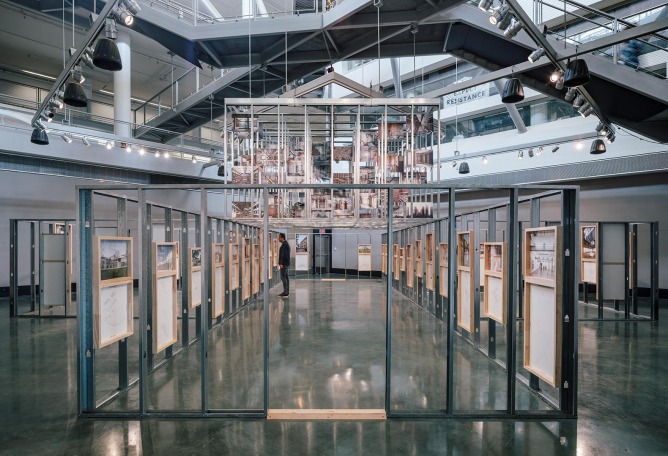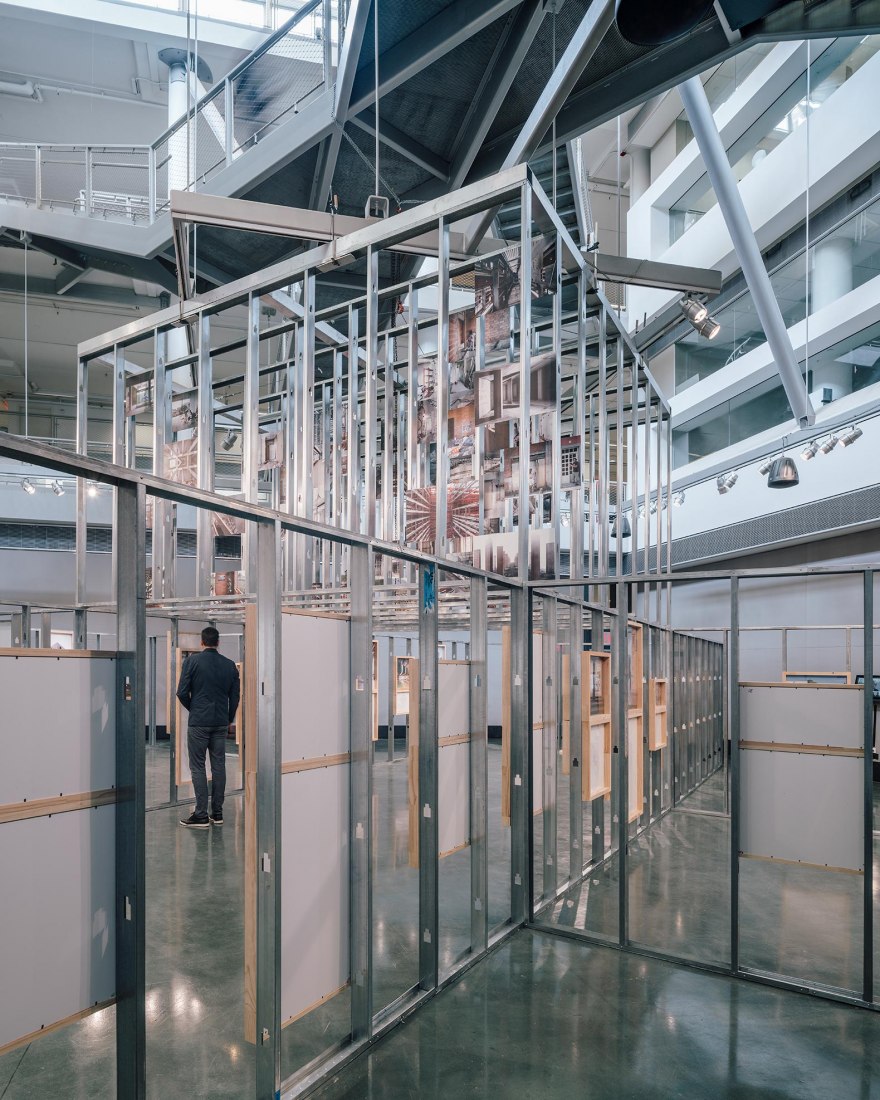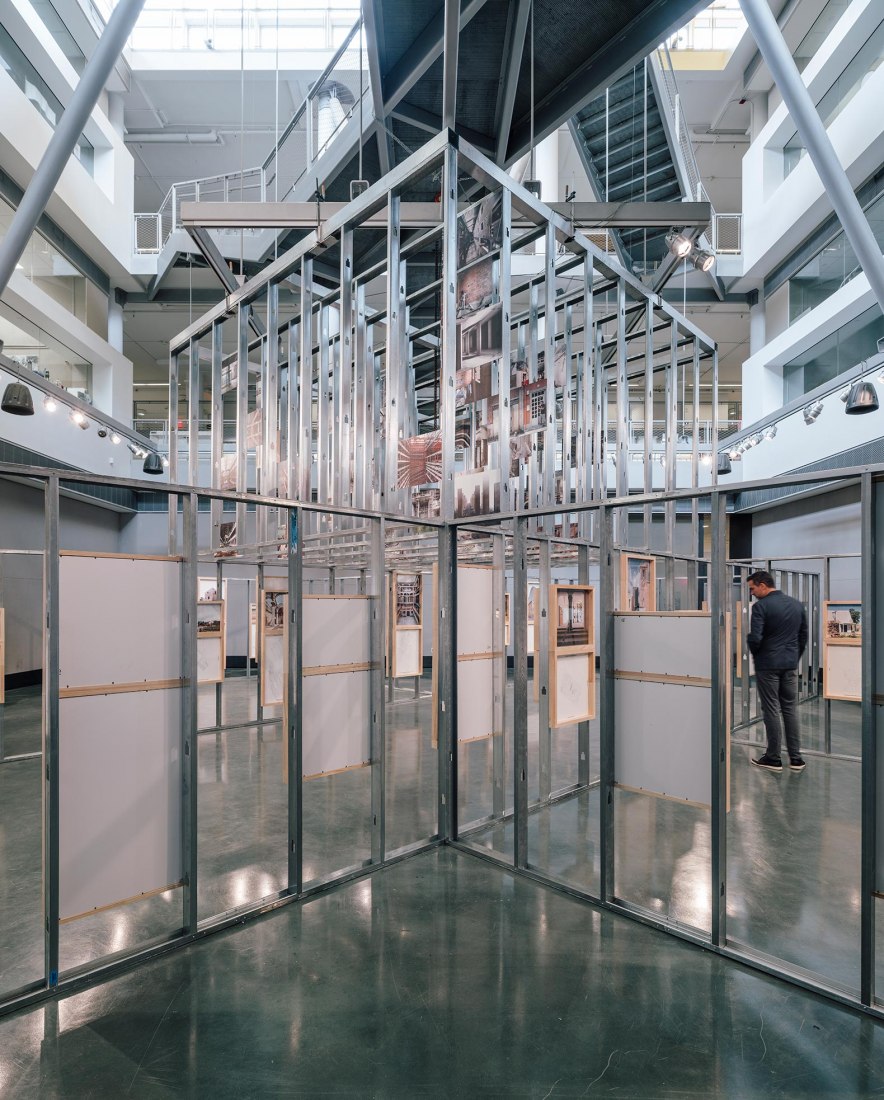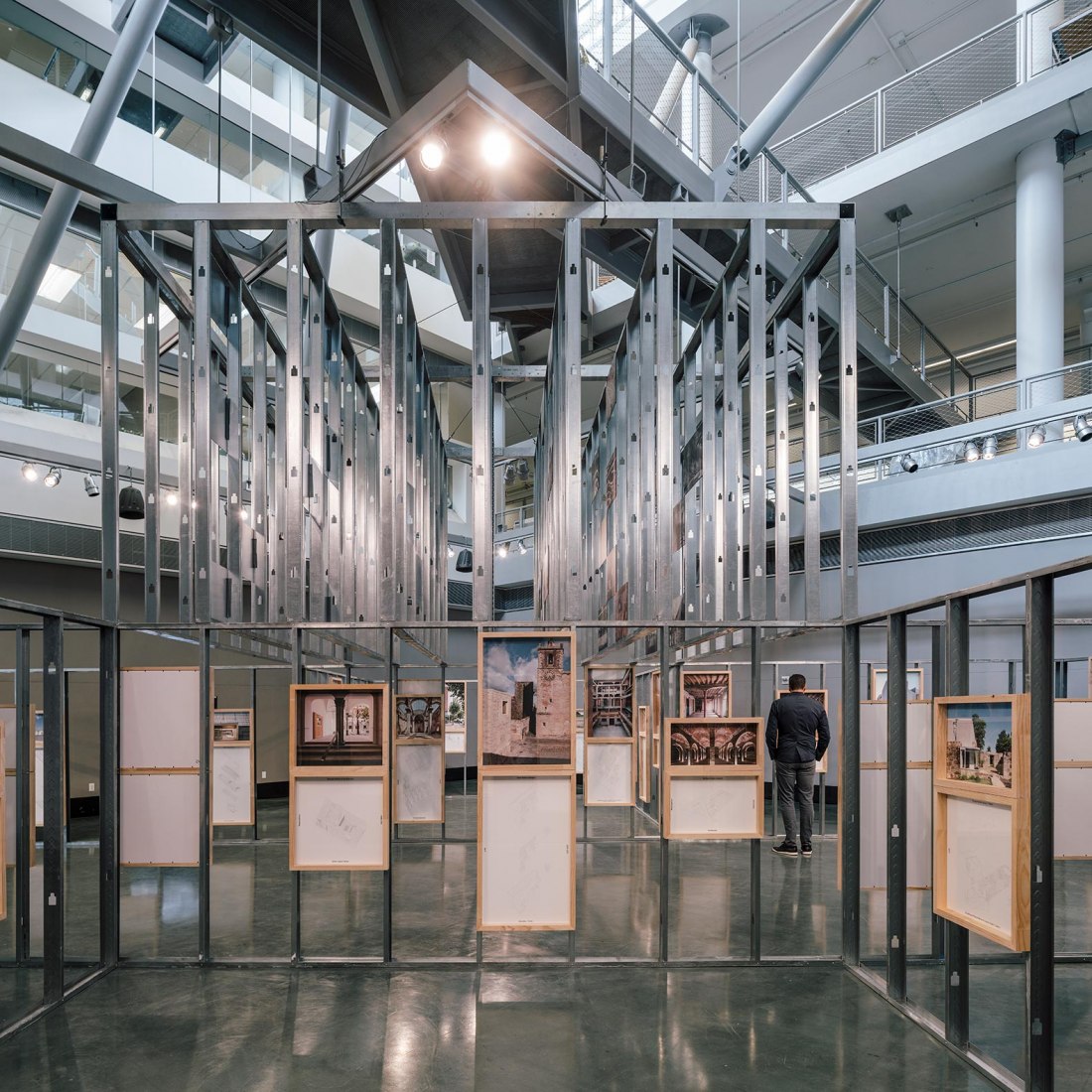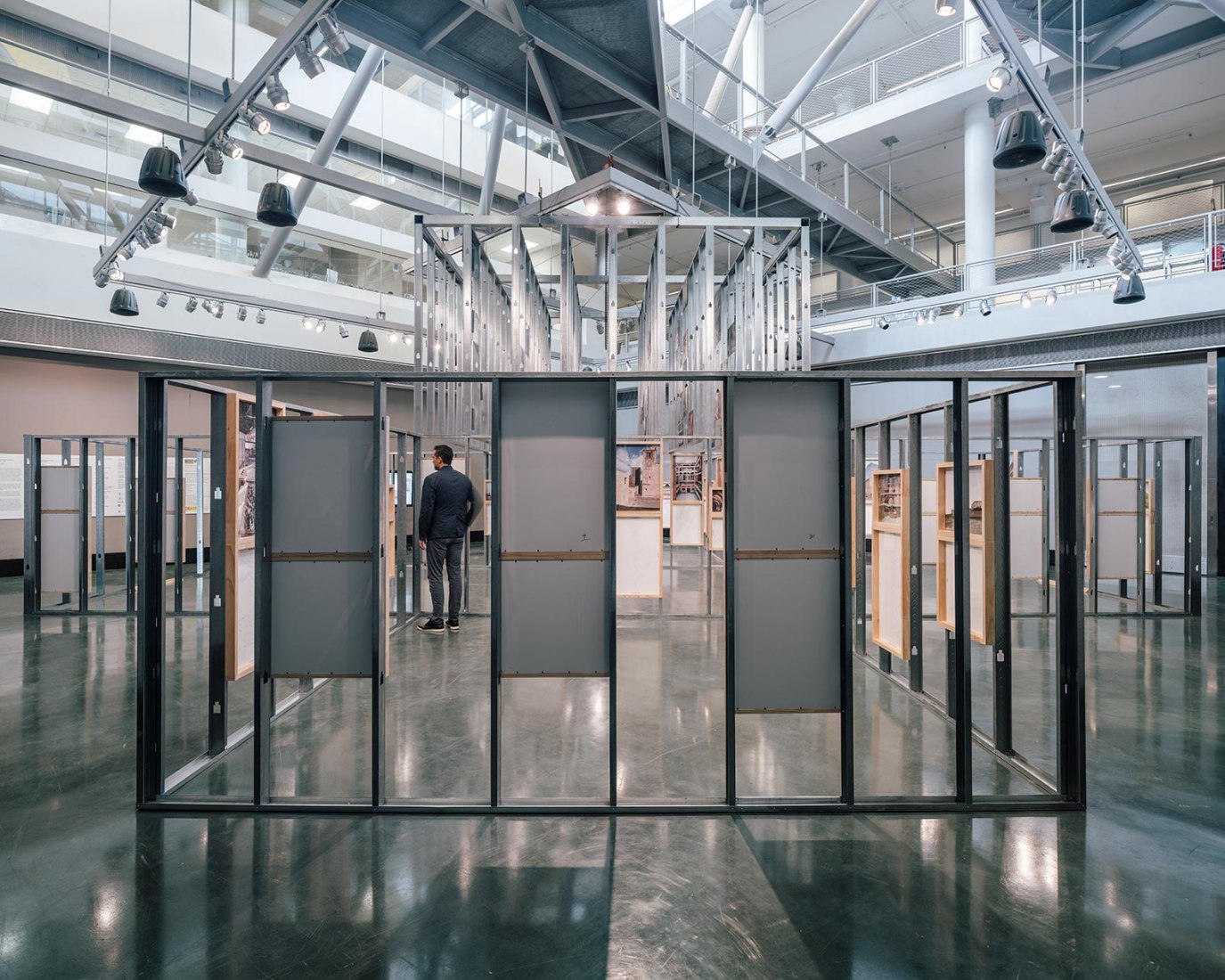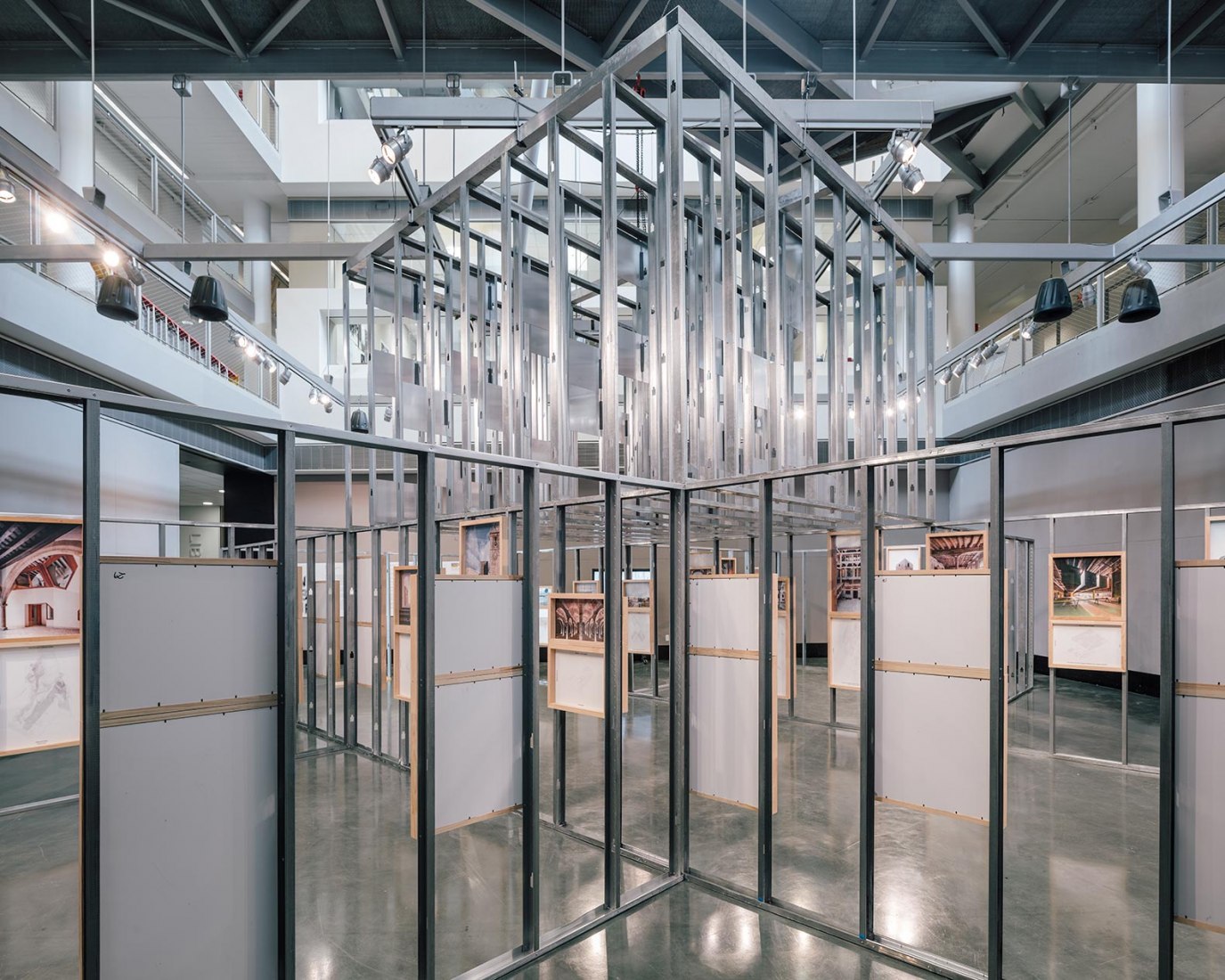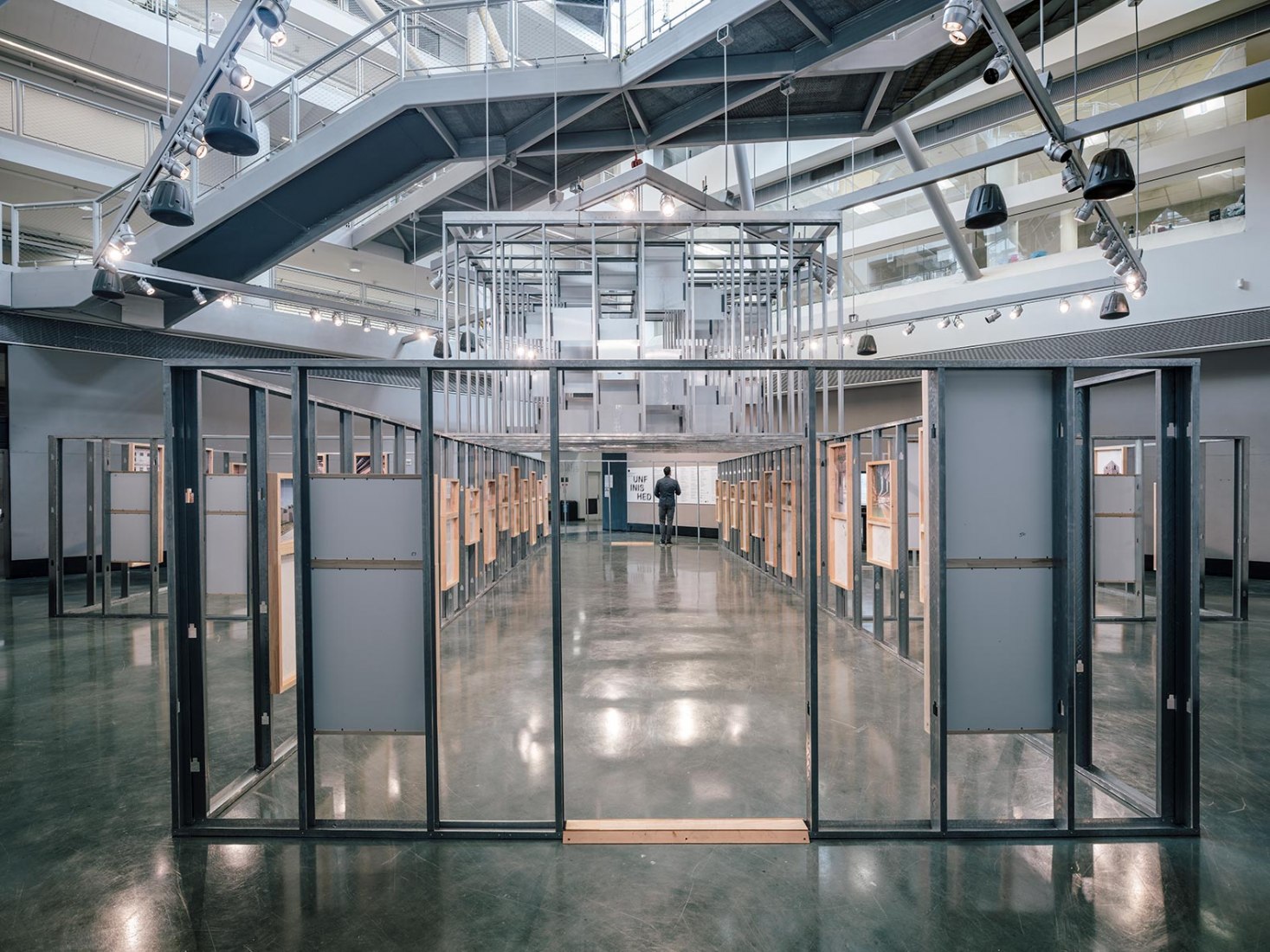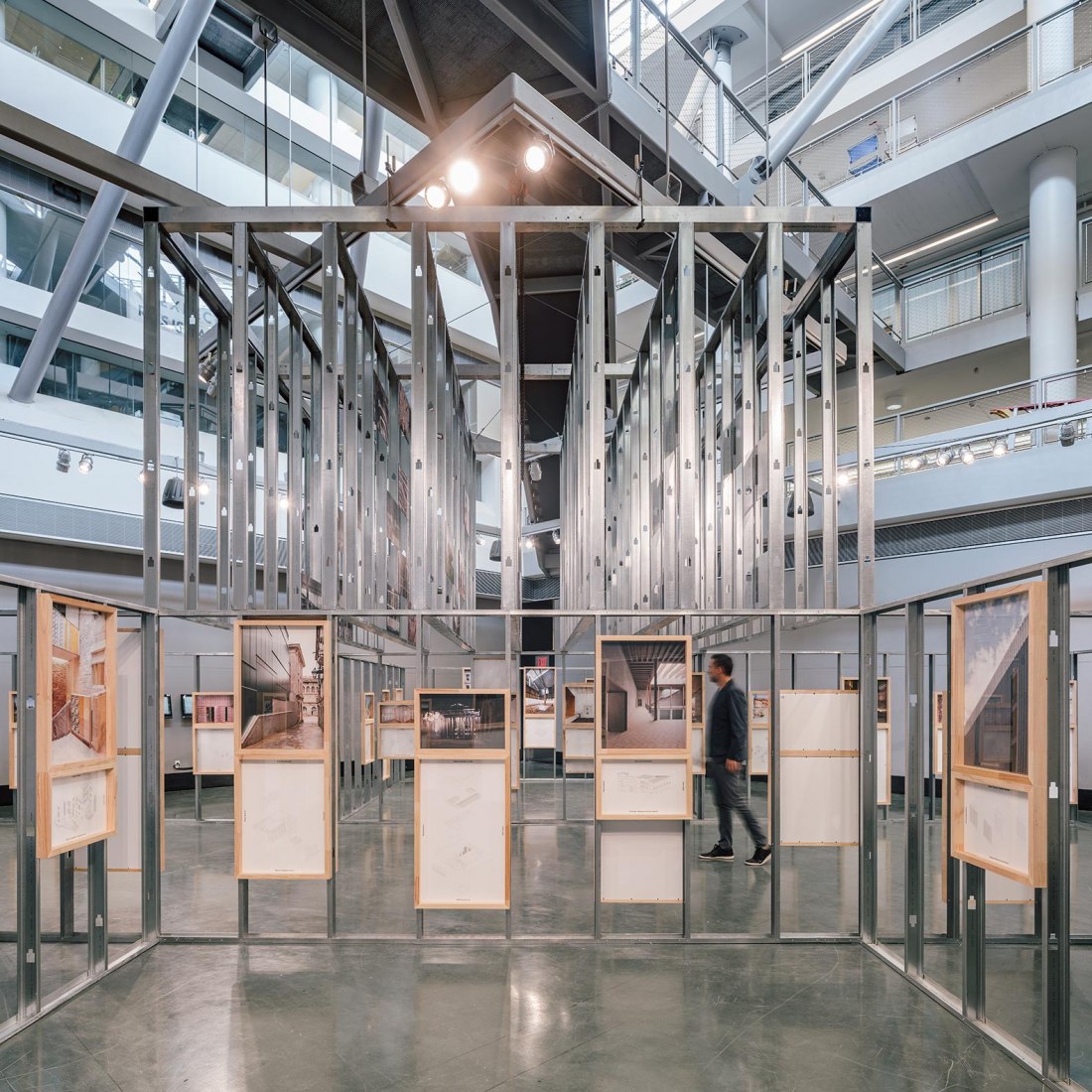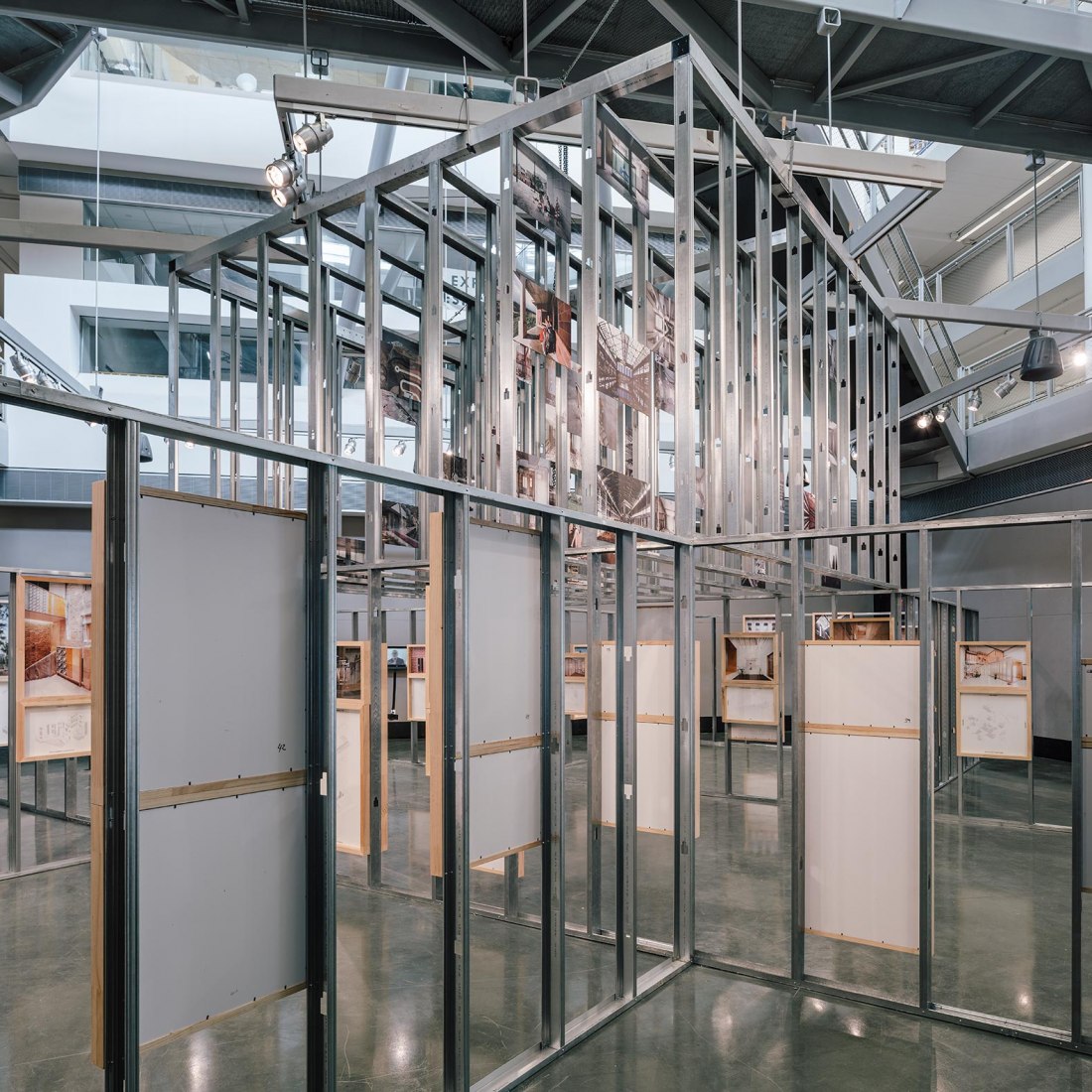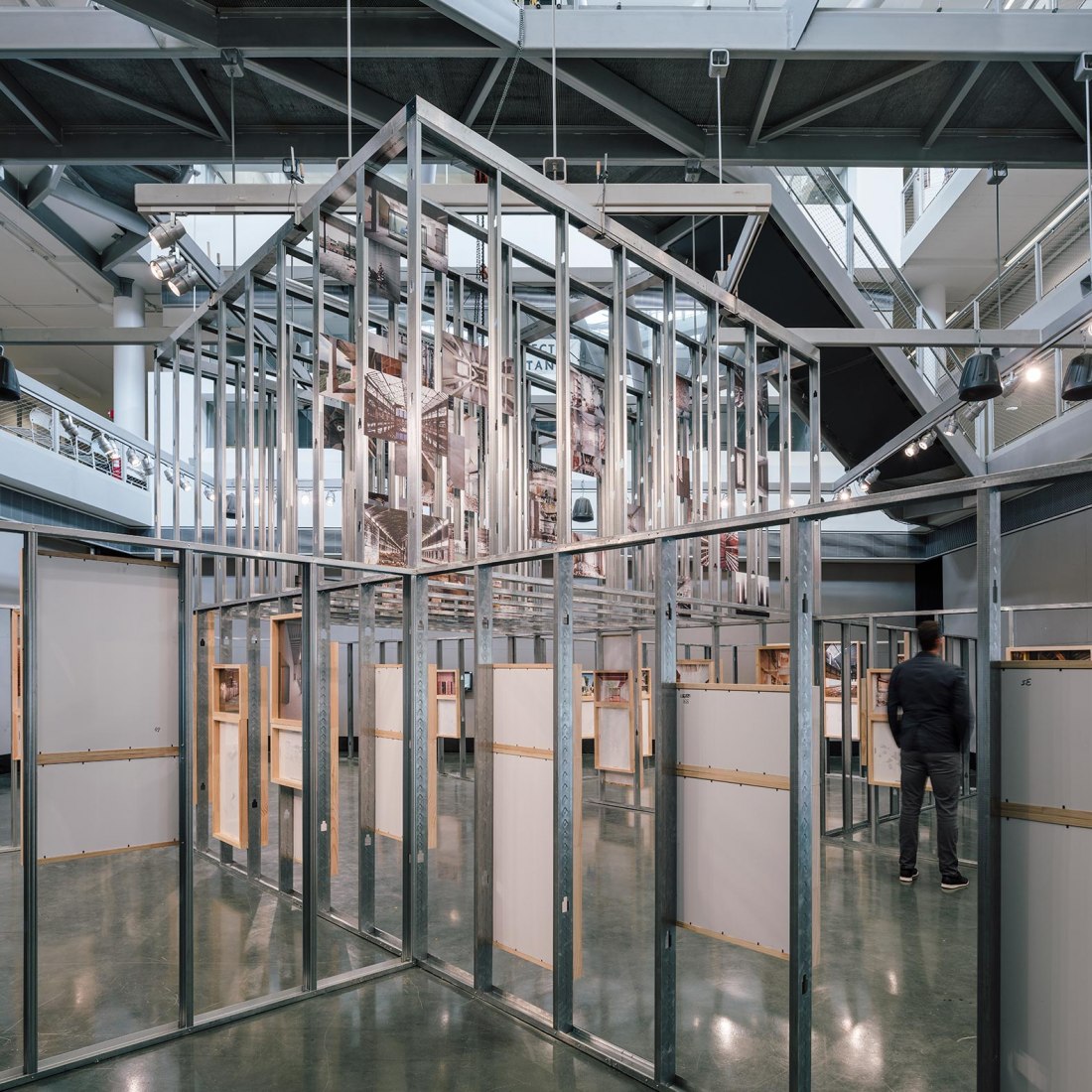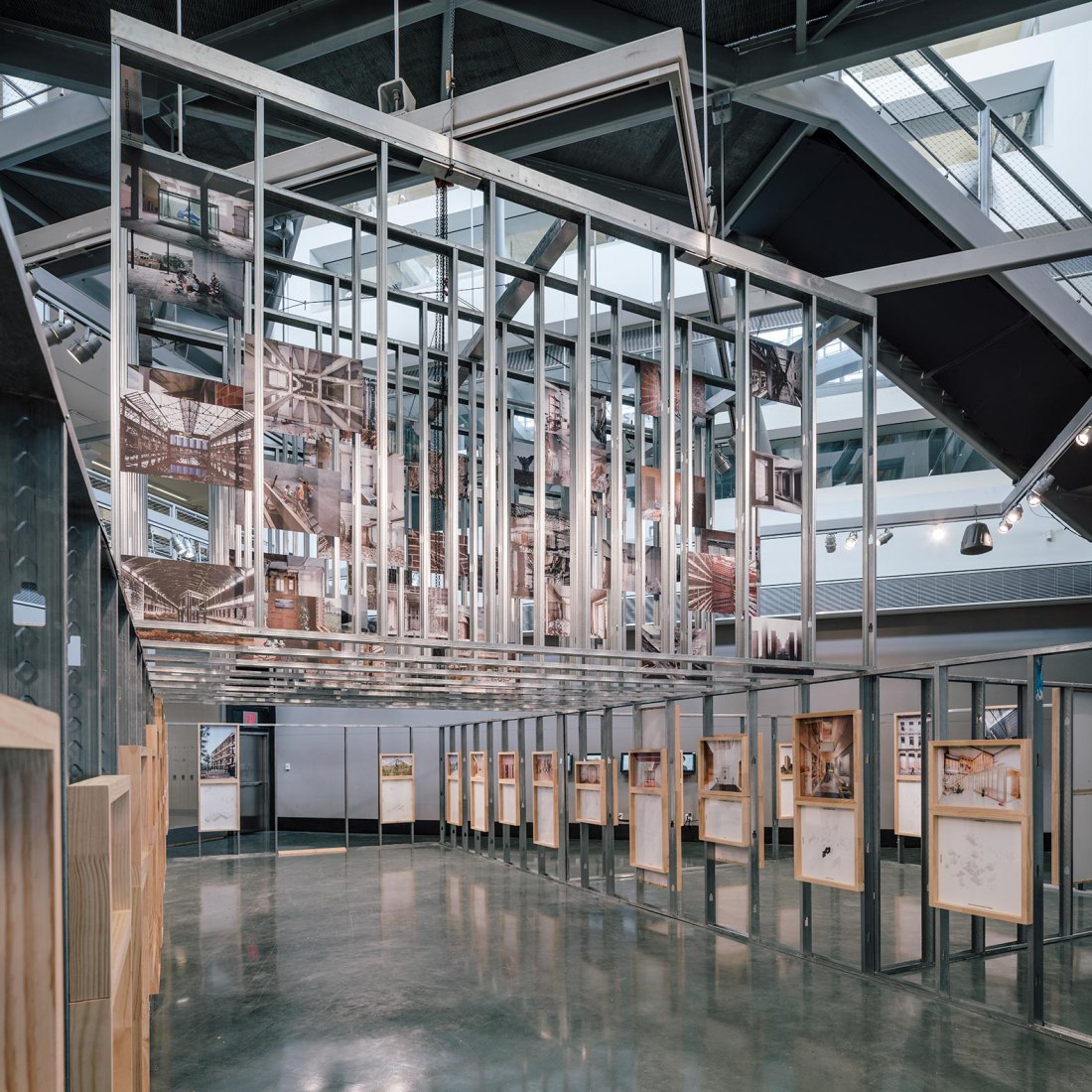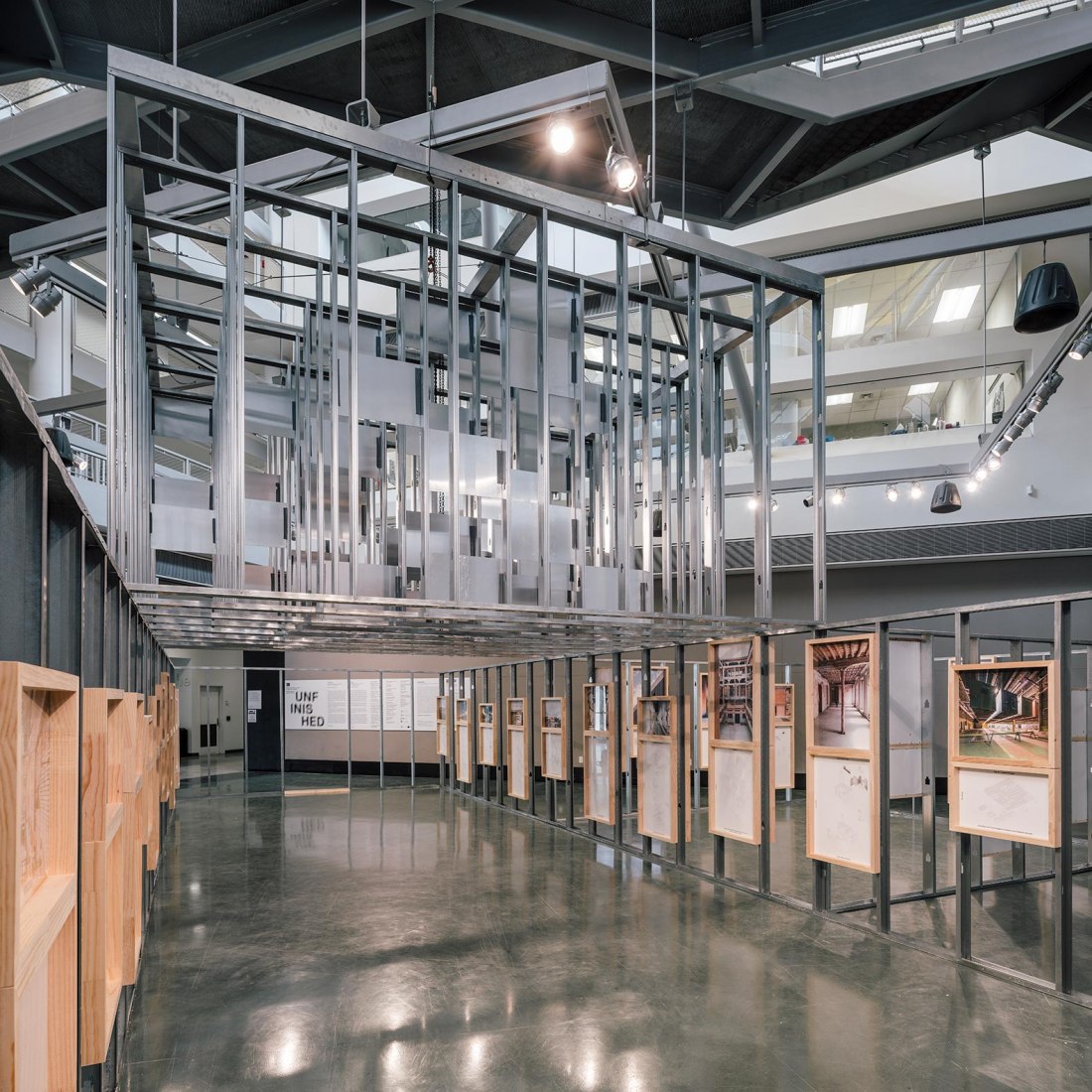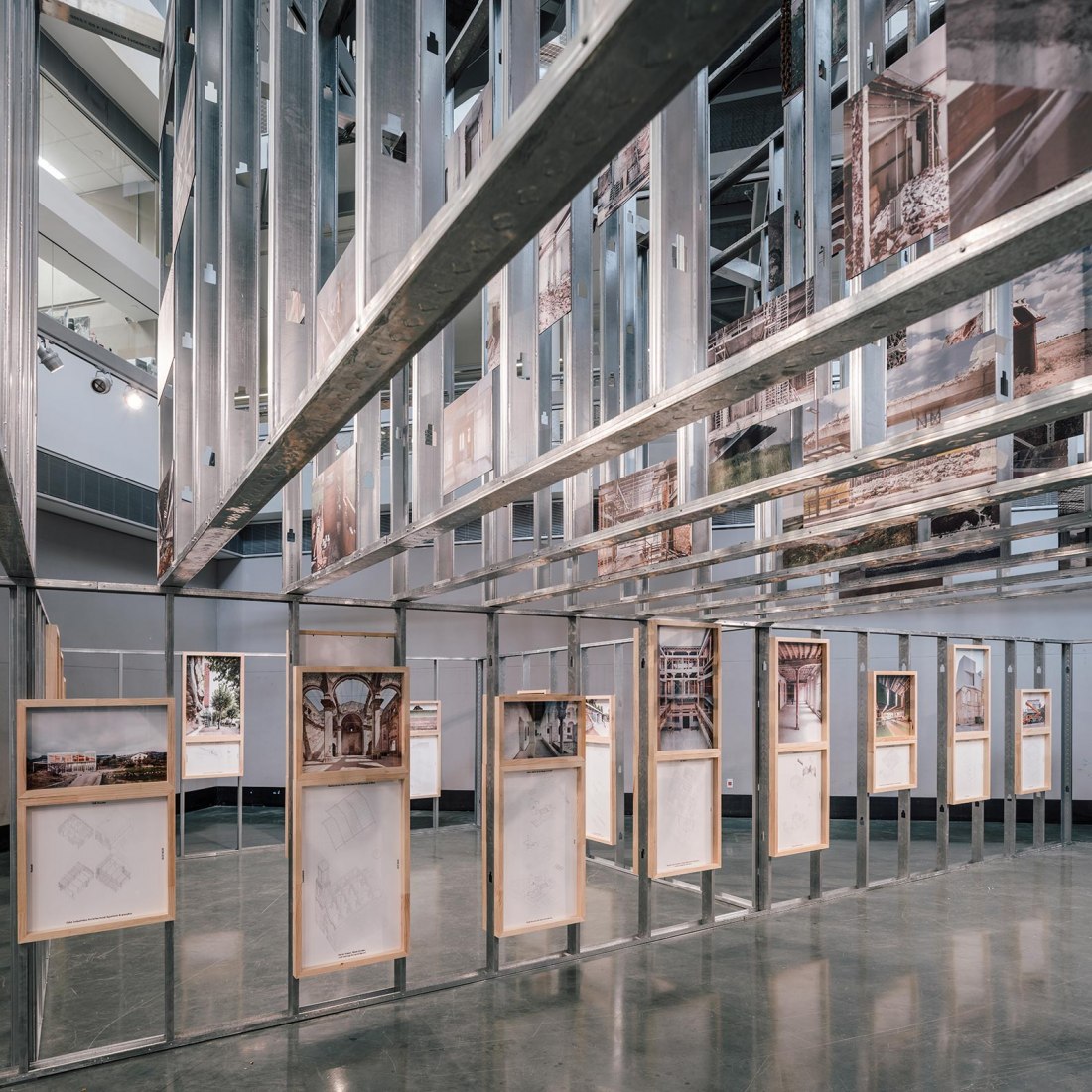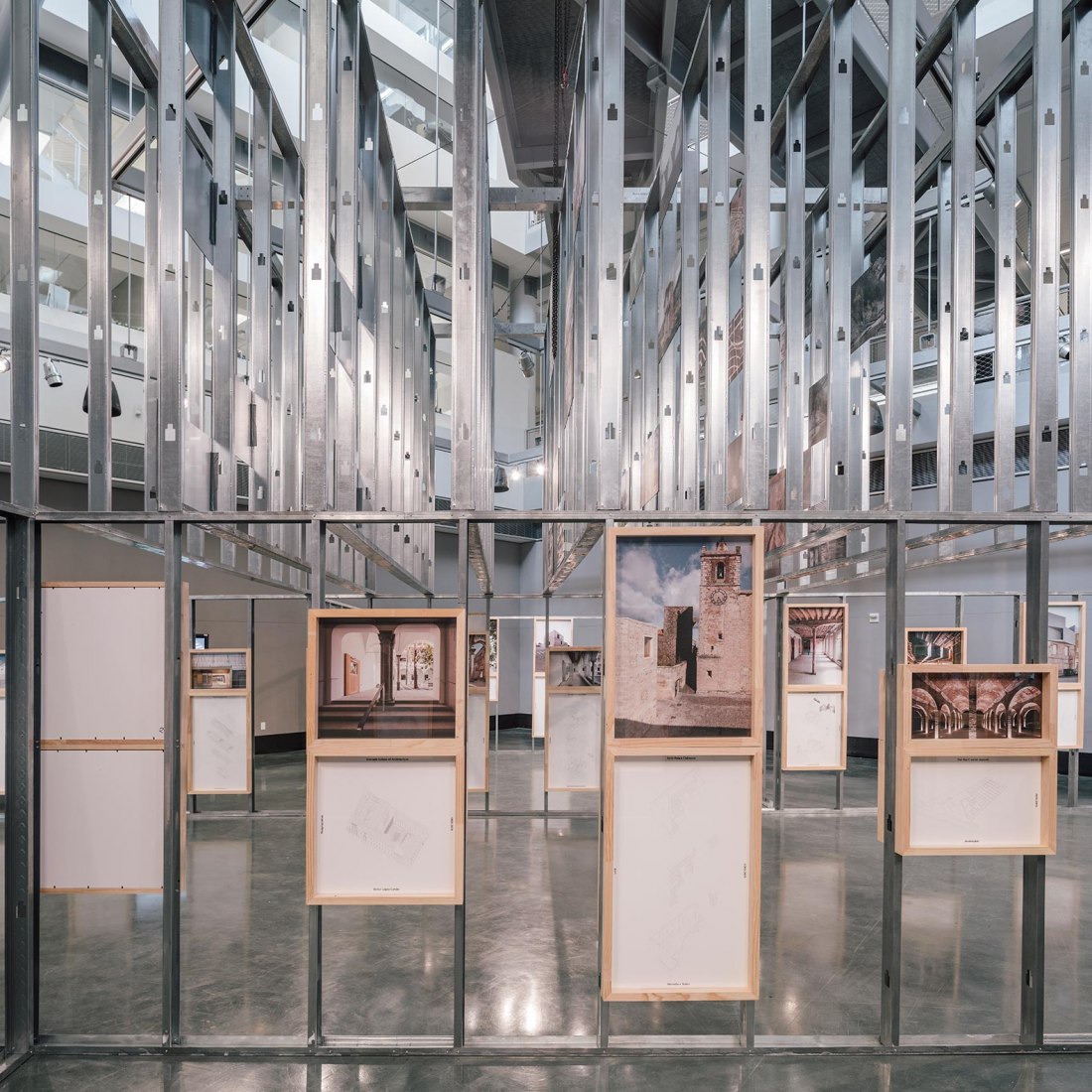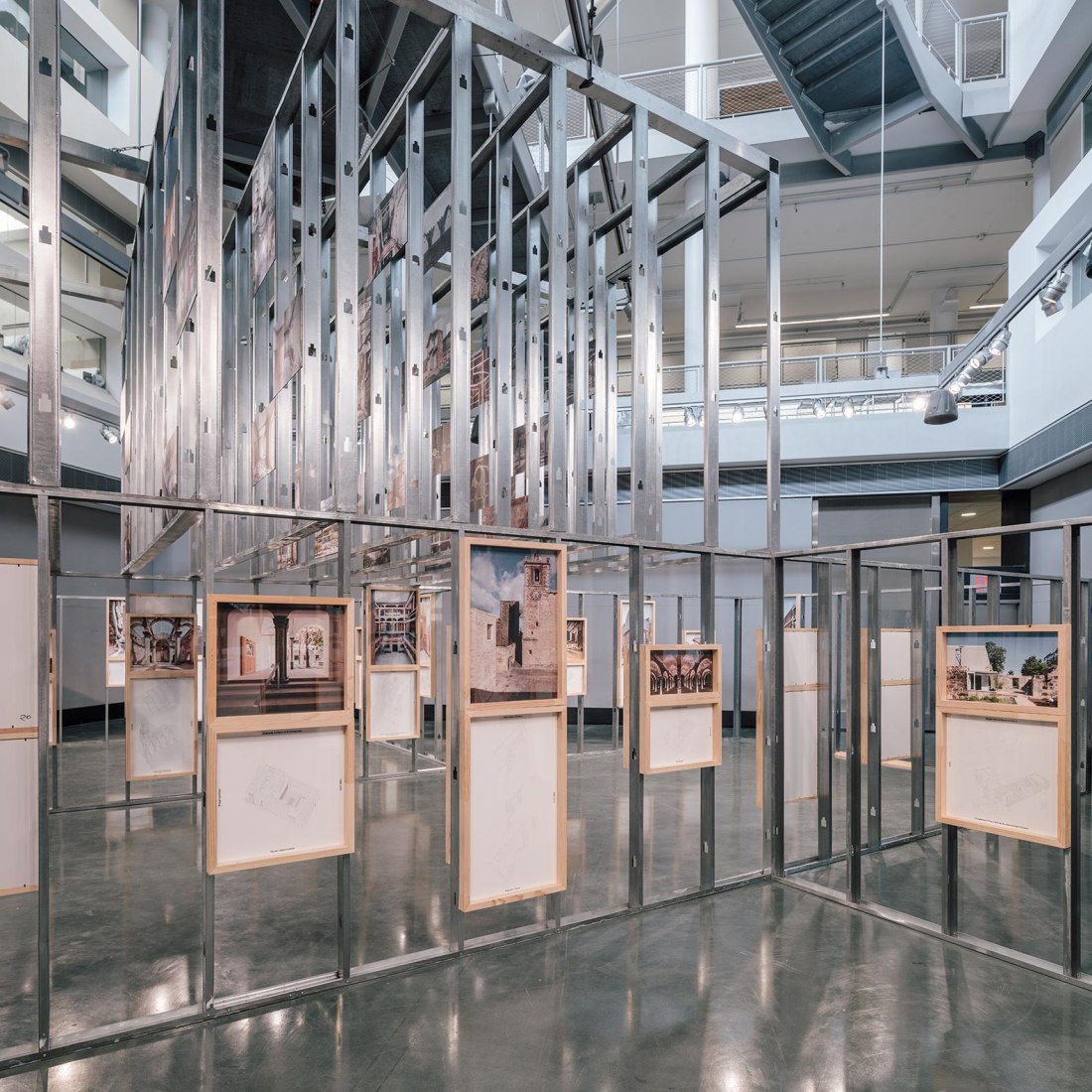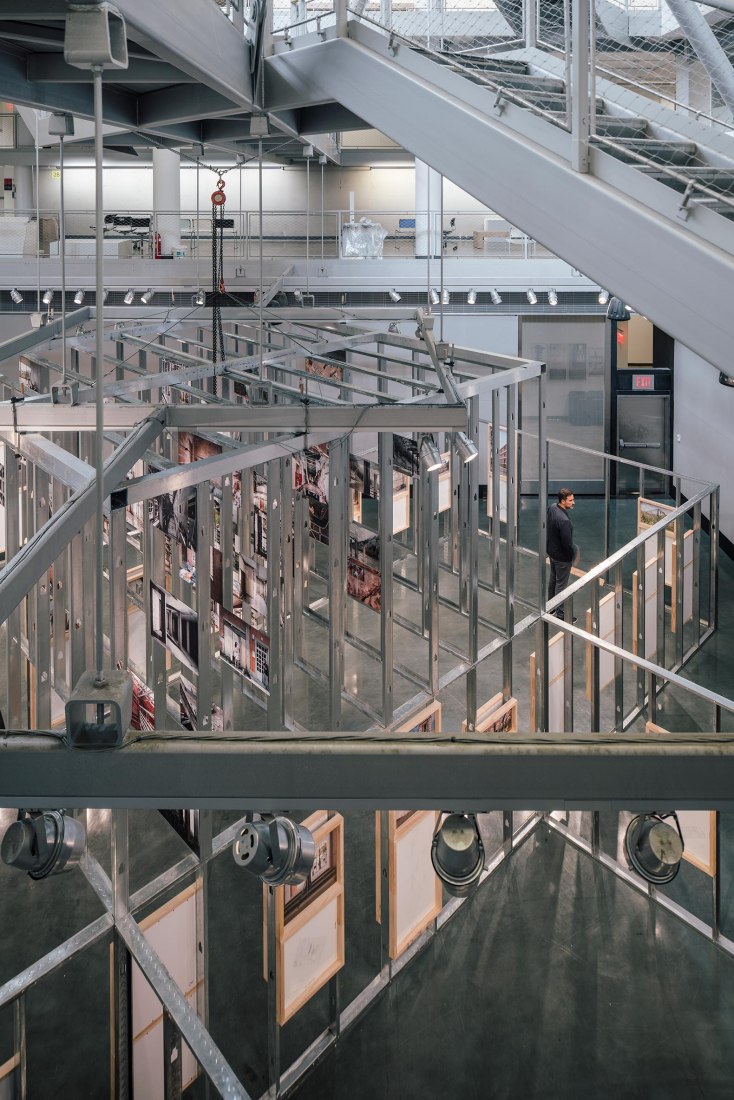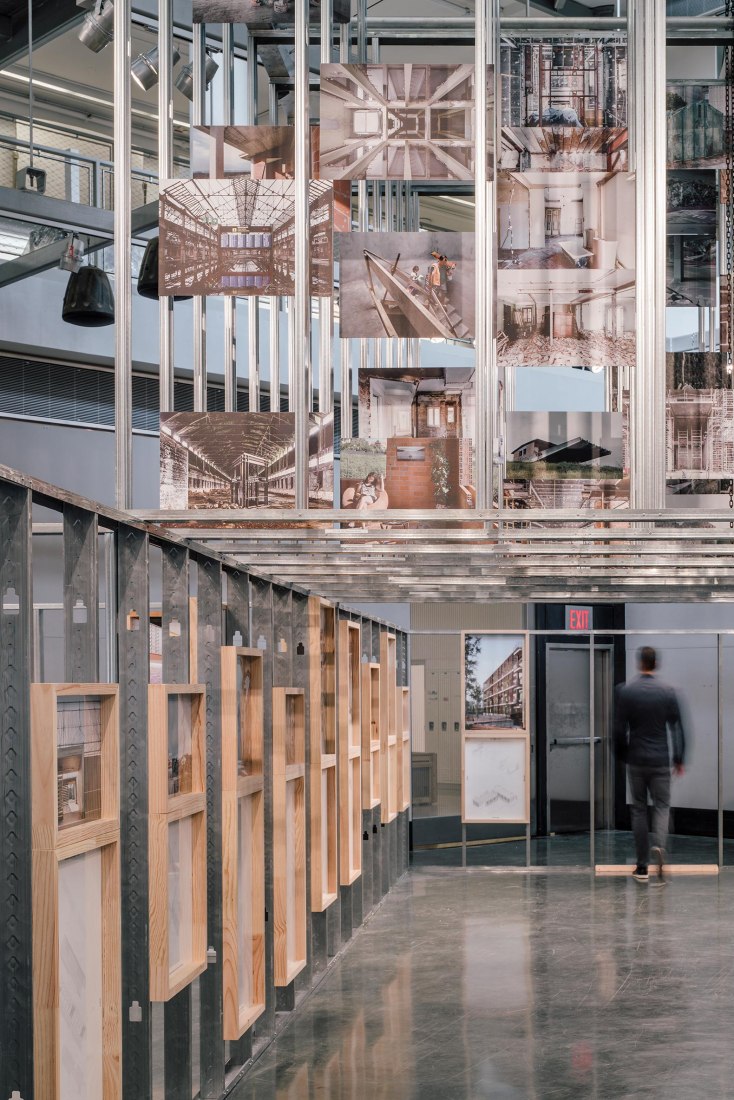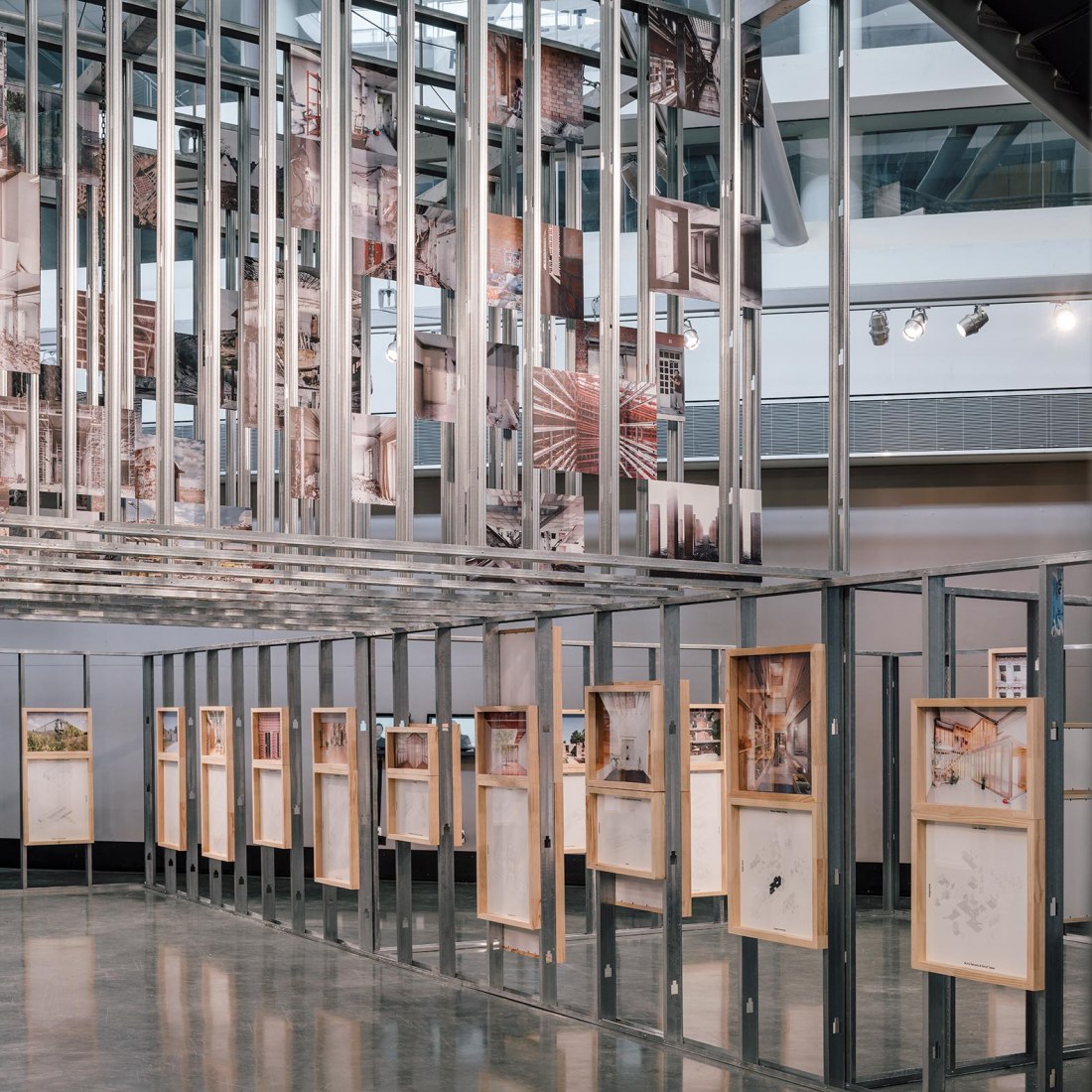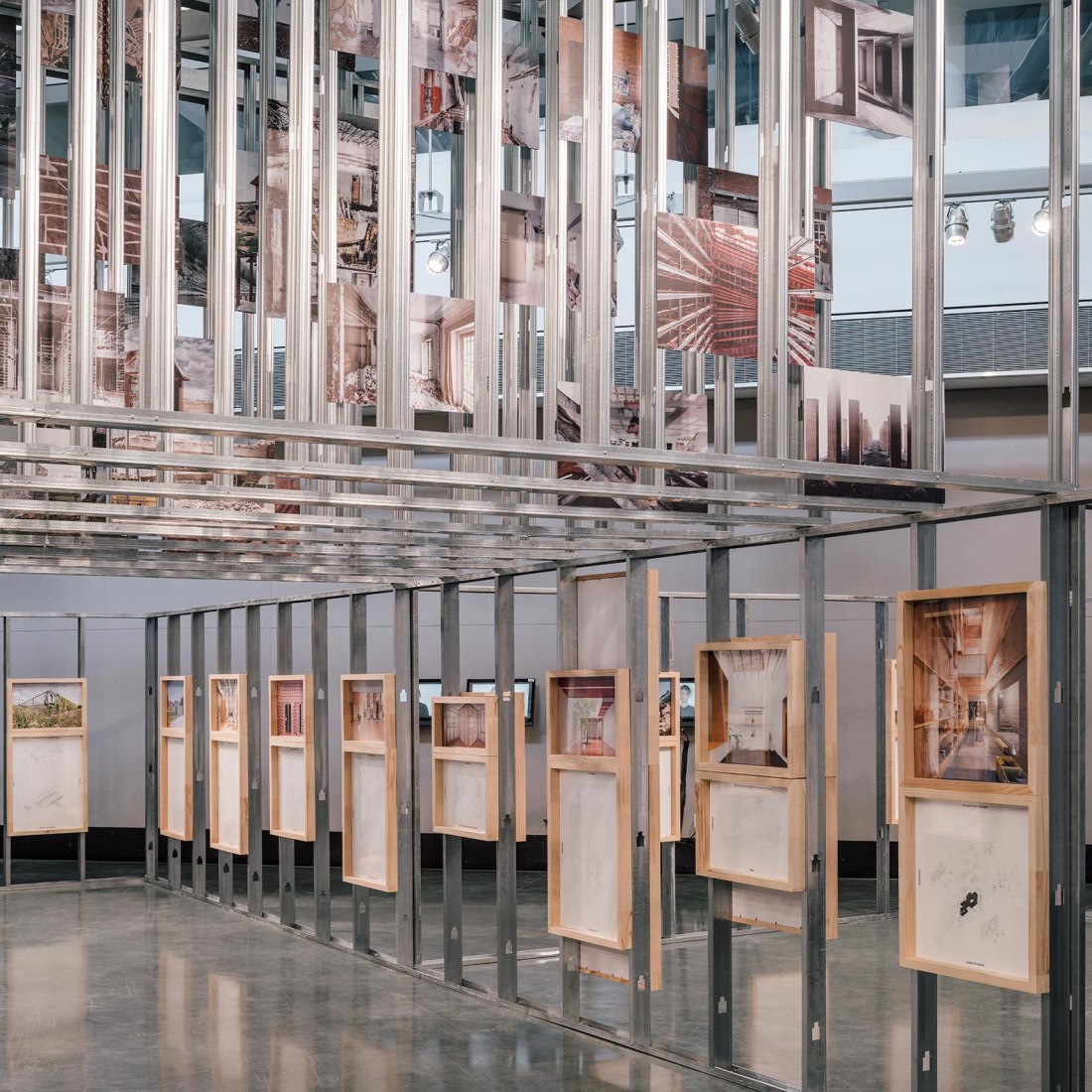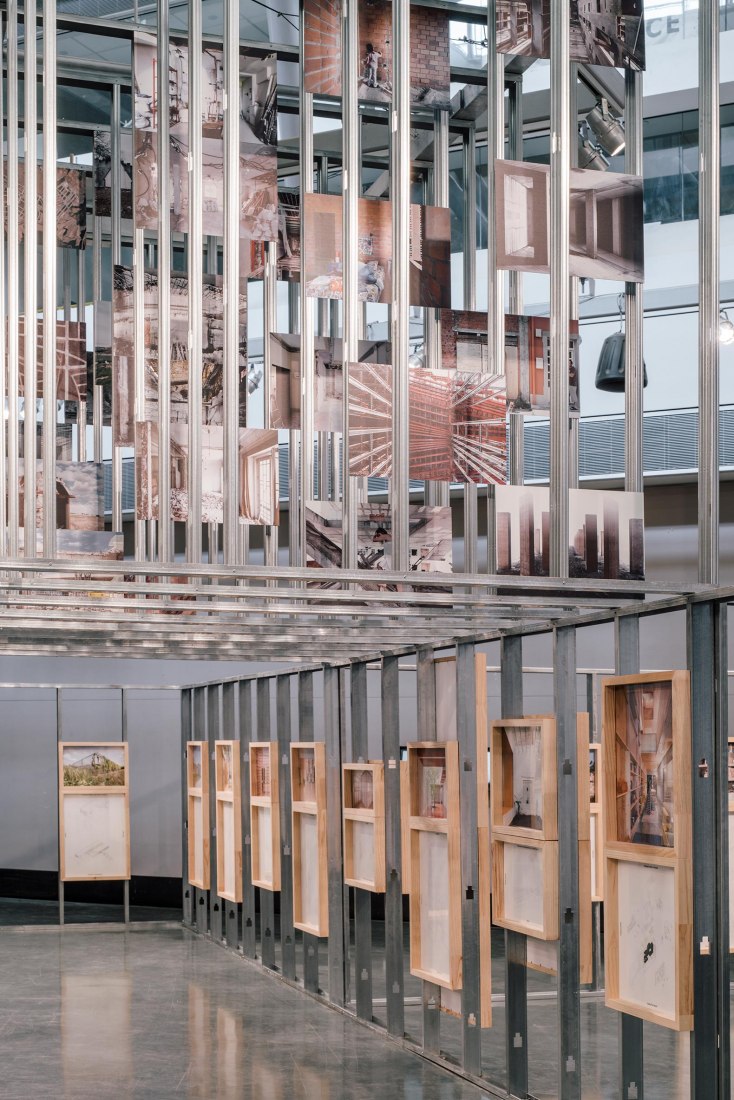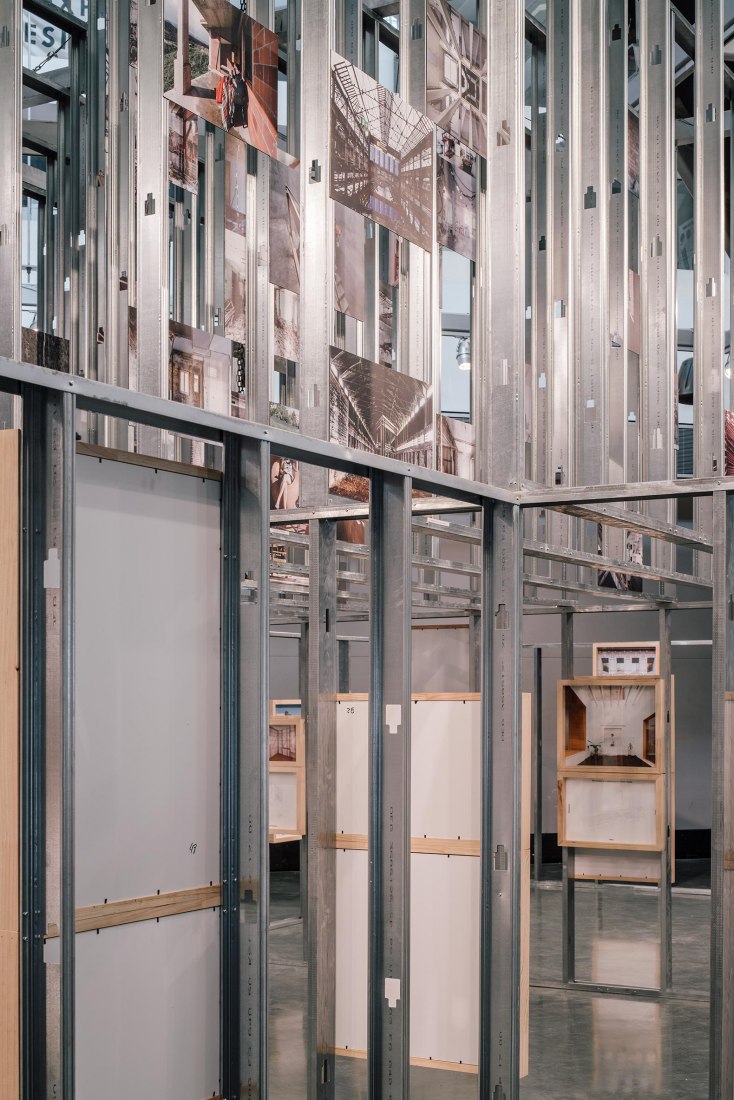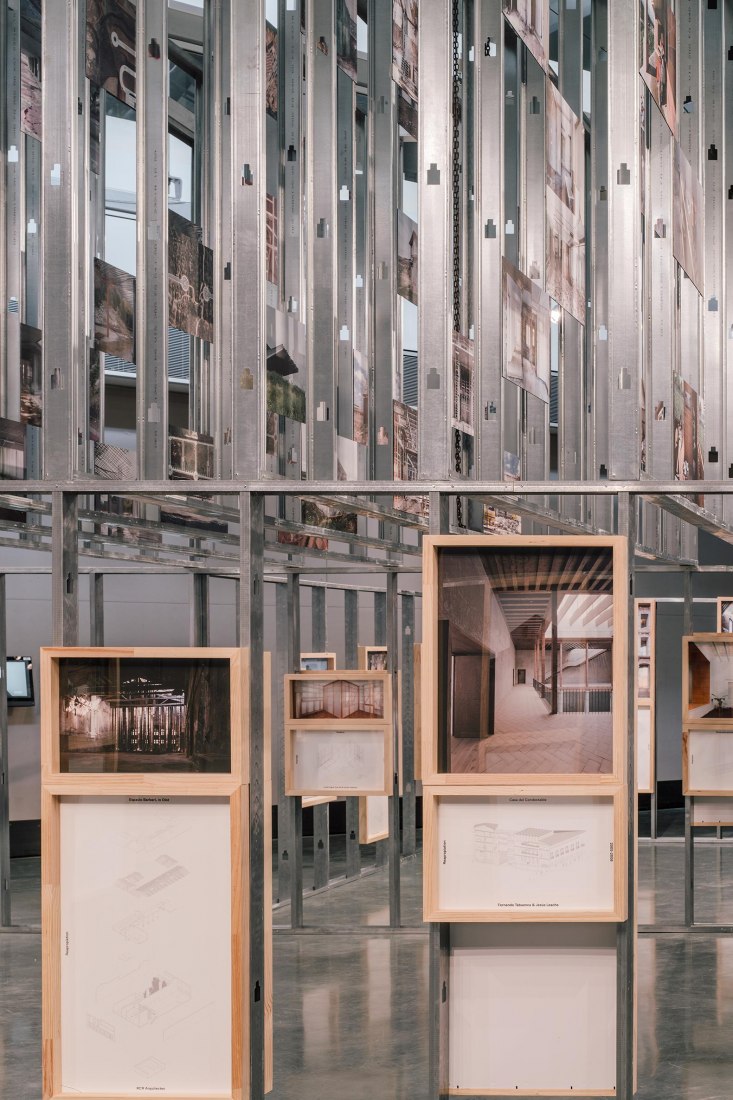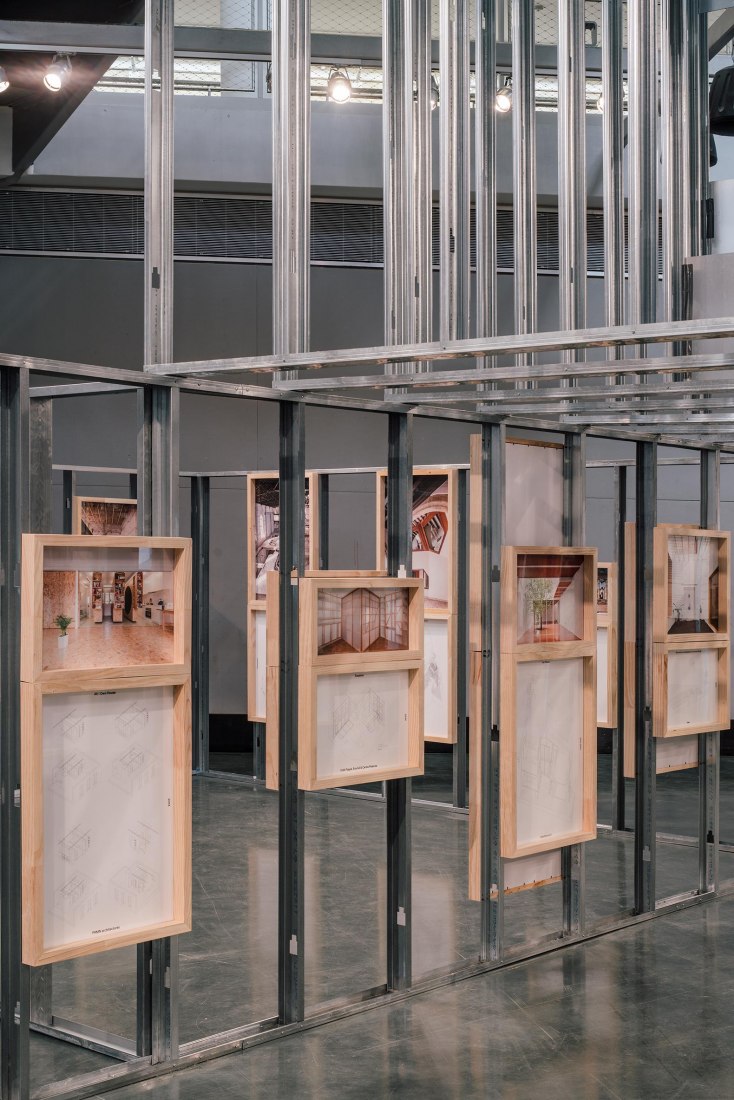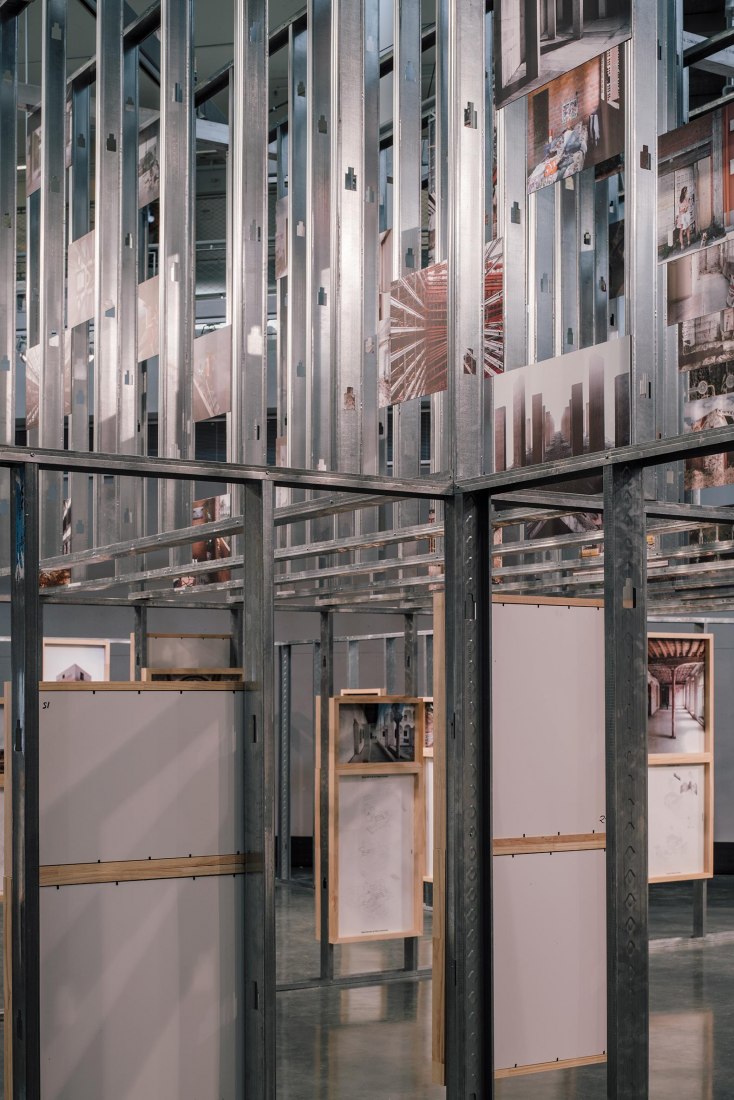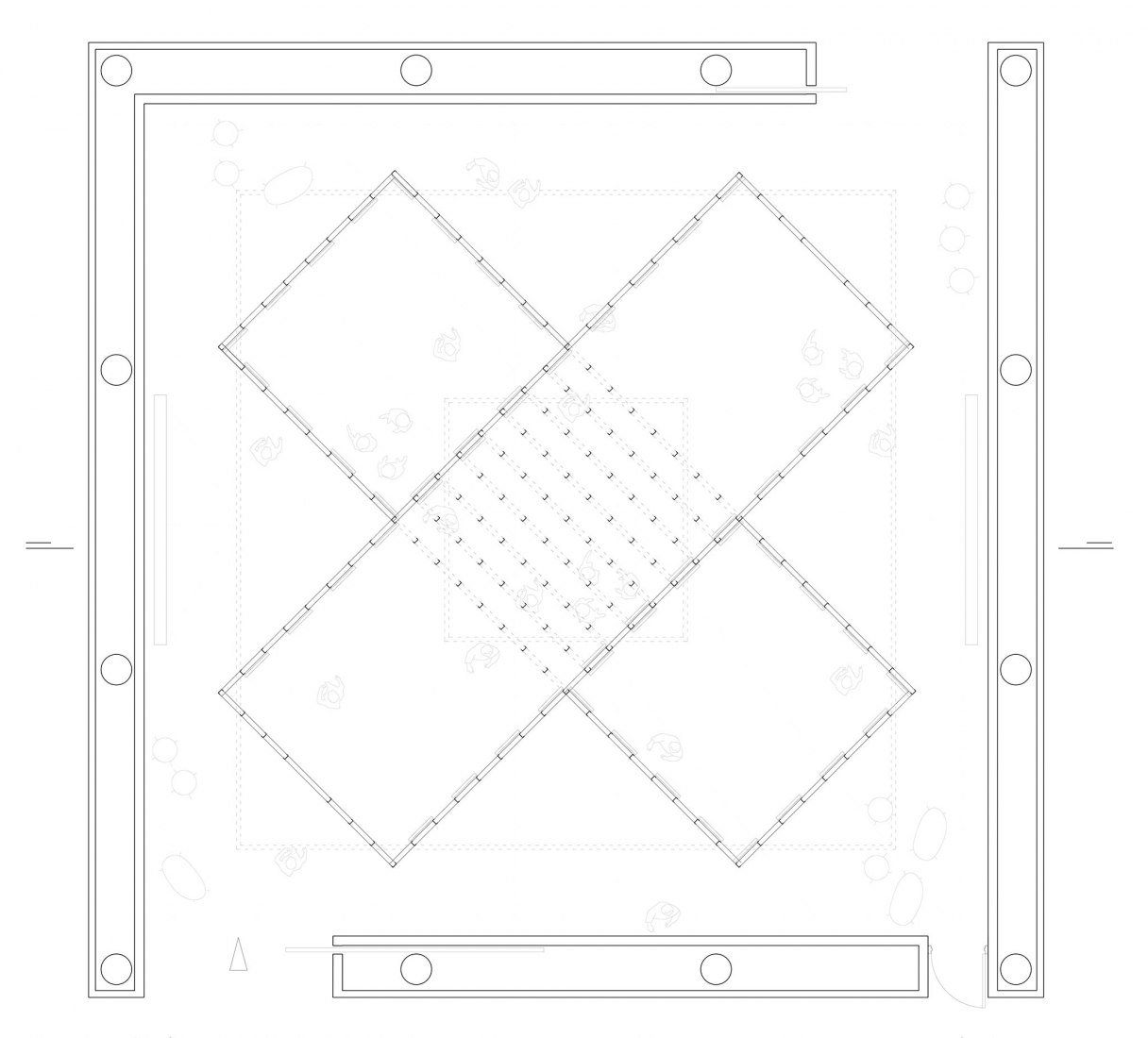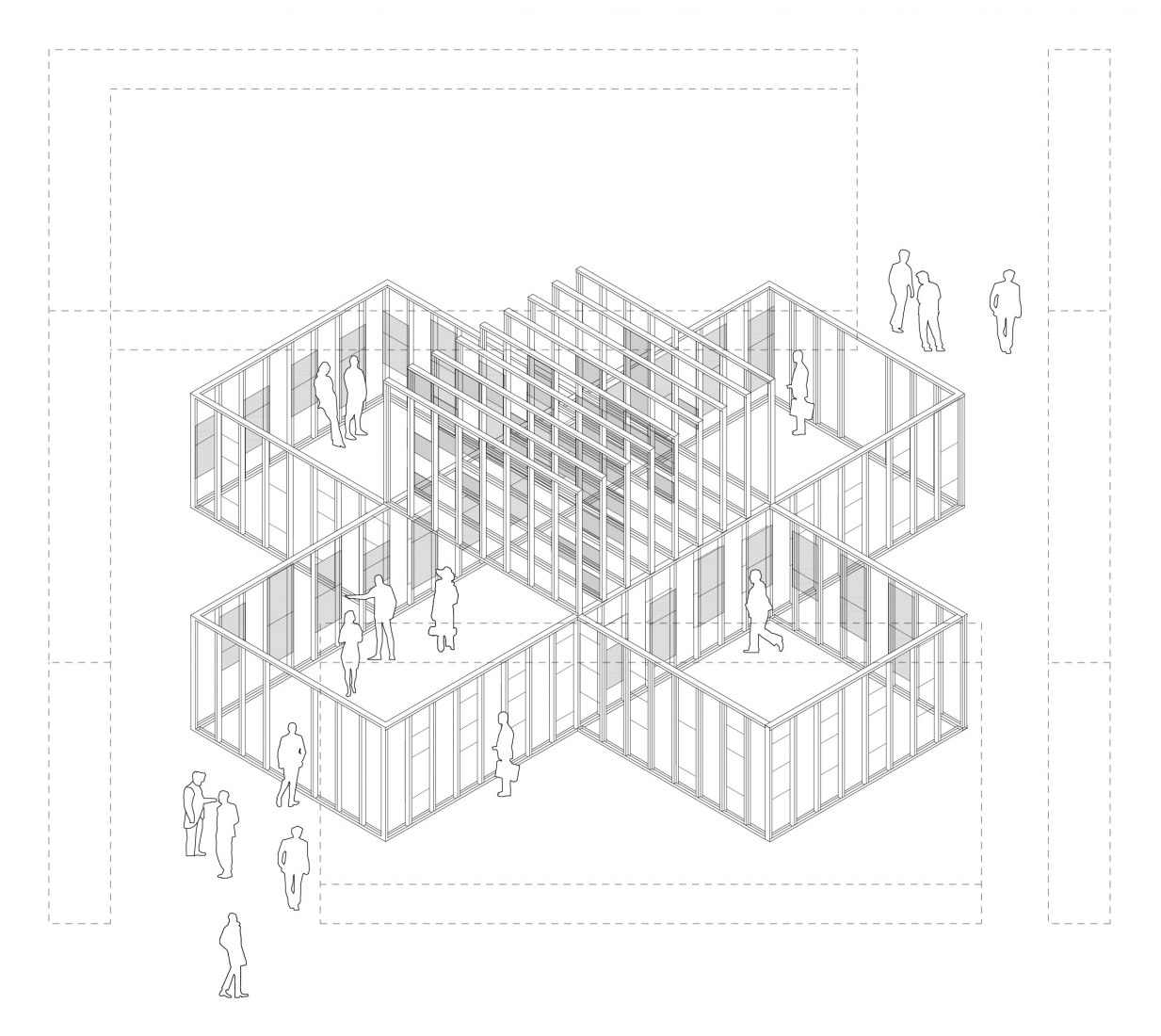Julio Salcedo-Fernandez – Chair
Description of project by Iñaqui Carnicero
Spain is probably one of the countries where the impact of the economic crisis of 2008 has affected most deeply the practice of architecture. There are not many places on the planet where such an incredible amount of structures were built in a short period of time, in many cases with no other intention than feeding the voracious appetite of the motor that was driving the economy. The lack of reflection with respect to the necessity of these projects resulted in many cases in abandonment due to the economic inviability of their completion or maintenance. Their appearance in the spanish landscape has generated a collection of unfinished buildings, which exemplify the madness of recent years, when the consideration of change, adaptability and evolution over time was removed from the formula for making architecture. Nobody knows how long these structures will remain in this unfinished state. Some of these contemporary ruins will be adapted to new uses yet others with remain for many years frozen as useless objets in the landscape.
The hope that if we could report and share this sad situation so other emerging economies wouldn't fall into the same mistakes, was the starting point of the exhibition. ̈Unfinished ̈ was materialized in the central space of the Spanish Pavilion with a hanging movable structure where the work of seven photographers was condensed in 55 images with a critical vision of the disasters of the real estate bubble.
Some of the most critical narratives were articulated by the photographs of the collective Cadelasverdes, whose series “Spanish Dream” included everyday domestic scenes in surprisingly unfinished architectural backdrops. These snapshots were taken in half-finished structures with raw interior spaces, where the quotidian nature of the scenes strike us as the inhabitants behave obliviously to the fact that they are living in a ruin. Not much economic effort would be needed to make these ruins inhabitable again.
Photographer Adria Goula, in his work “Re-edificatoria” documents half-built, half-demolished structures in a stage when it is still possible to read the traces that reveal the construction process. The spaces lack any type of refinement or embellishment and are dominated by the raw materials that were never hidden by the finishings.
Collective ̈Roundabout Nation ̈, with a series of aerial pictures, documented infrastructures executed in virgin landscapes where the architecture that was meant to complete the urban operation never came and the roads and roundabouts remained as isolated geometries scattered throughout the territory.
The power of these photographs is intrinsically linked with a strong content of criticism, but besides their political position towards the system, these snapshots captured in different moments of the construction process, have the astonishingly evocative capacity of freezing an early stage of architecture, when the work is not yet finished. Only the evolution over time will reveal the success or failure of the operation. The contemplation of these ruins not only reveals the minimum actions necessary to complete the construction process, but also suggests a reflection on their behavior over time. Ultimately these images attempt to elaborate on the idea of Unfinished architecture.
The dictionary indicates the following synonyms of “unfinished”: unadorned, crude, formless, imperfect, raw, rough, under construction, unfashioned, unperfected, unpolished, unrefined. All of these adjectives conjure in the imagination of designers a type of architectural intervention that perceives the existing built environment as a constraint upon which we can leave an important but impermanent mark. In this way, architects become a link in the chain of a structure’s life. Through the concept of the “unfinished,” we may understand the desirability of a perpetual state of evolution of the constructions that define our societies. The architecture of the unfinished leaves a door open to the unexpected, and to ideas and interventions of the future, many of which we may not yet be aware. Unfinished architecture blurs the signature of the architect as an author and transforms the piece into a collaborative work that involves actions over the years of use.
The ultimate goal of the “Unfinished” exhibition is to present a selection of built works developed during these years of scarcity where the economy of means has triggered unexpected and ingenious solutions. Some of these offices have demonstrated how creativity can be used as a powerful tool against economic constraints and subvert the negative aspect of the crisis to develop an architecture that is not linked anymore with the concept of spectacle.
The 55 architectural interventions exhibited in the perimeter spaces of the Spanish Pavilion were selected in an open call where more than 500 works were presented. They epitomize a way of understanding the constructed environment as unfinished and in constant evolution. The economy of means compels us to modify design strategies, sometimes through simplification and other times by incorporating previous structures or anticipating future adaptations. Architectures without place (because there is no more real estate), without facade (because already exist), without structure (because consolidates and uses the previous one), without new spaces (because reuses the old ones) , without an author (because is the result of the work of many people), whose beauty springs as a result of yielding to difficult initial constraints that limit possible actions.

